In a major leap for artificial intelligence, Google has unveiled a groundbreaking new feature that allows users to transform a single static photo into a short animated video. This powerful capability comes through Google’s Gemini AI and is being launched for the first time with the upcoming Honor 400 Series smartphones, set to release on May 22, 2025.
What is the Gemini AI “Image to Video” Feature?
The feature is based on Google’s advanced Veo 2 model and works by automatically generating a 5-second cinematic animation from any image — no text prompt or manual editing required. The AI understands the photo and animates it seamlessly, making the process incredibly user-friendly.
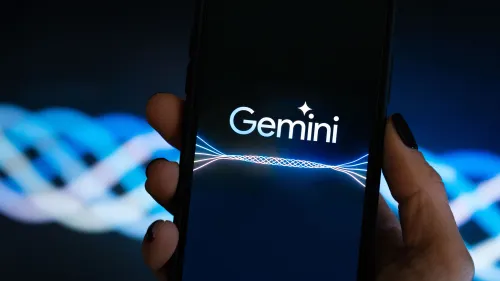
Exclusive Debut on Honor 400 Series
Instead of debuting on Galaxy or Pixel devices, Google partnered with Honor to bring this feature first to the Honor 400 and 400 Pro phones. The AI Image to Video tool is built directly into the phones’ Gallery app, allowing users to select any image and instantly convert it into an animated video.
Read Also: ChatGPT Free Users Get Access to AI Image Generator — But What About Sora?
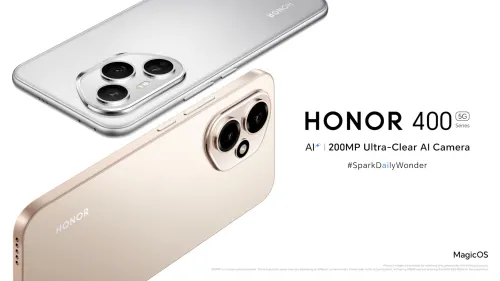
How to Use Google Gemini AI’s Image-to-Video Feature on Honor 400 Series
If you have the Honor 400 Series, here’s how you can easily turn your photos into animated videos using Google’s Gemini AI:
Step 1: Open the Gallery App
- Unlock your Honor 400 Series device.
- Navigate to the Gallery app, which is pre-installed on the device.
Step 2: Select a Photo
- Browse through your gallery and choose any photo you want to animate.
- This could be a personal photo, a piece of art, or any image you wish to transform.
Step 3: Activate the Image-to-Video Feature
- After selecting the image, look for the “Animate” button or “AI Image to Video” option (this will be clearly labeled in the app).
- Tap on it, and the AI will automatically begin the transformation process.
Step 4: Wait for the Animation
- The AI will now analyze the photo and generate a 5-second animated video. This will take just a few moments.
- You don’t need to input any text prompt — the AI handles everything on its own.
Step 5: Preview and Save the Video
- Once the video is generated, it will be shown in the app. You can watch a preview of your animated image.
- If you’re happy with the result, you can save it directly to your gallery or share it with others.
Step 6: Limitations and Free Trial
- You can create up to 10 videos per day during the first two months of use, which is free of charge.
- After this, you may need a Google Gemini Advanced subscription for continued access.
From Classic Paintings to Personal Photos
In demonstrations shared by Honor, Gemini AI animated famous works such as Claude Monet’s “Impression, Sunrise” and “Lady with Ermine.” These examples showcase subtle head movements, smooth transitions, and a cinematic feel — turning static art into something that looks alive.
How Does It Work?
Gemini uses its multimodal capabilities to analyze visual elements in a photo — such as lighting, facial expression, hand posture, clothing texture, and background depth — and then applies predictive animation to bring it to life.
Using AI models trained on vast image and motion datasets, it adds natural movements like blinking, hand gestures, subtle background shifts, or ambient lighting effects.
Example:
To illustrate, imagine you have an AI-generated image of the Mona Lisa holding and eating a samosa, rendered in the style of a Renaissance oil painting. When this image is fed into Gemini, the AI analyzes it carefully:
- Mona Lisa’s iconic smile and hand placement,
- The samosa’s texture and placement near her mouth,
- The bakery-like background with shelves filled with more samosas,
- The soft, vintage lighting.
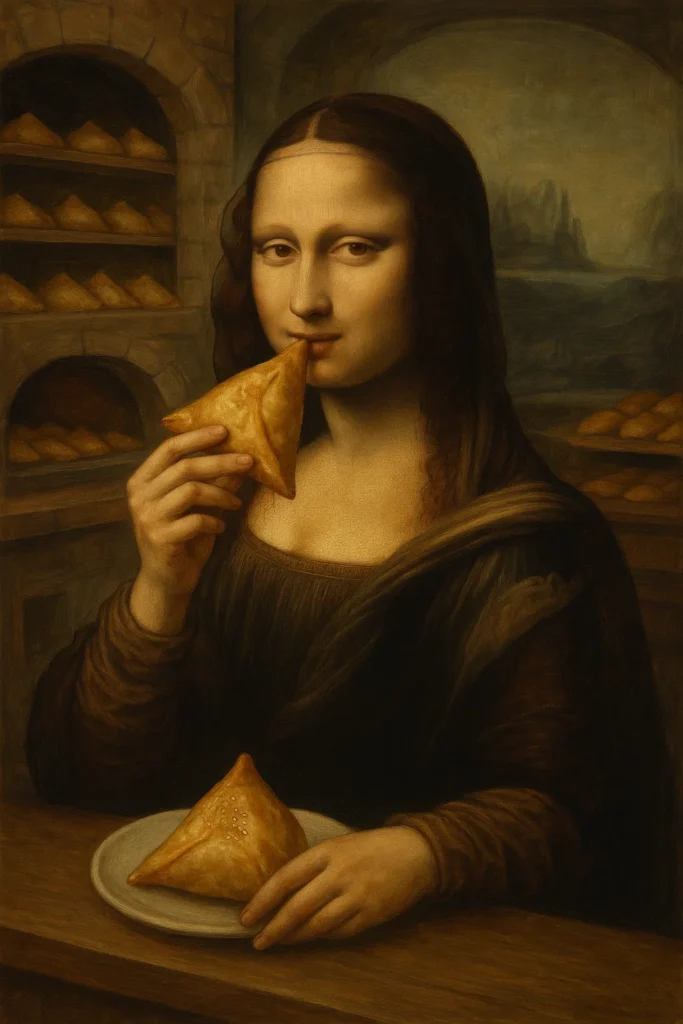
Gemini then generates a short animated video where:
- Her hand moves subtly toward her mouth,
- She blinks gently,
- The background flickers with a warm, candlelit glow,
- And the entire scene stays faithful to the original art style.
What was once a still image now looks like a living painting — engaging, amusing, and full of character.
Built-in Safeguards to Prevent Misuse
To avoid potential misuse or misinformation, the animations are generated randomly by the AI, meaning users cannot create deepfakes or misleading content. Google is also expected to implement permanent watermarking (such as SynthID) in future updates to ensure transparency around AI-generated content.
Read Also: DeepSeek-V3: A New Player in the World of AI
Pricing and Access Details
| Feature | Access | Limit |
|---|---|---|
| AI Image to Video (Honor 400) | Free for first 2 months | Up to 10 videos/day |
| Veo 2 via Gemini Advanced | Paid ($0.50 per second) | Limited to approved users |
Honor confirmed that after the trial period, users may need a Gemini Advanced subscription, Google’s premium AI tier. Currently, Veo 2’s text-to-video capabilities are limited to selected users, and image-to-video support is still rolling out.
Why This Signals the Future of AI Creativity
This new feature represents more than just a technical advancement — it’s a creative revolution. It enables:
- Effortless transformation of old memories into vivid video clips
- Personalized storytelling at scale
- New opportunities for marketers, educators, and content creators
What to Expect Next
With Google I/O 2025 just around the corner, more details about this Gemini-powered image-to-video feature are expected soon. Similar to how Circle to Search expanded from Pixel and Galaxy devices to the wider Android ecosystem, this AI capability may also become more broadly available over time.


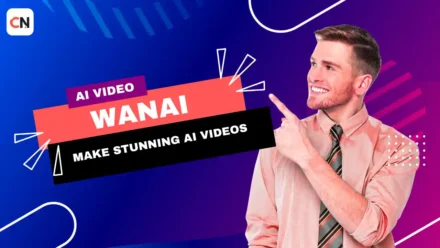
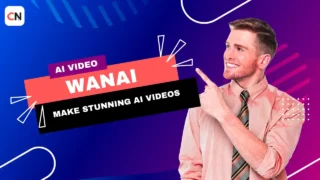
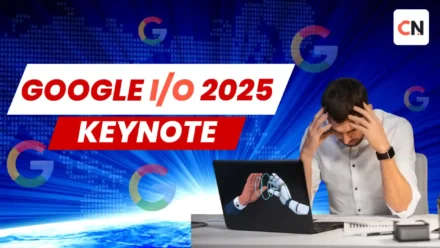
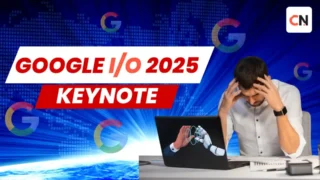
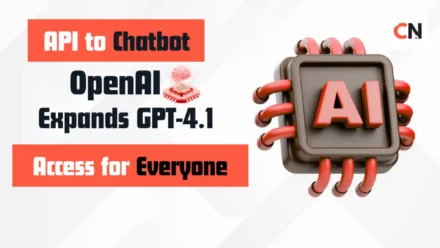
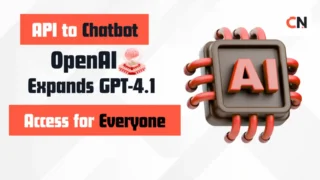
Leave a Comment